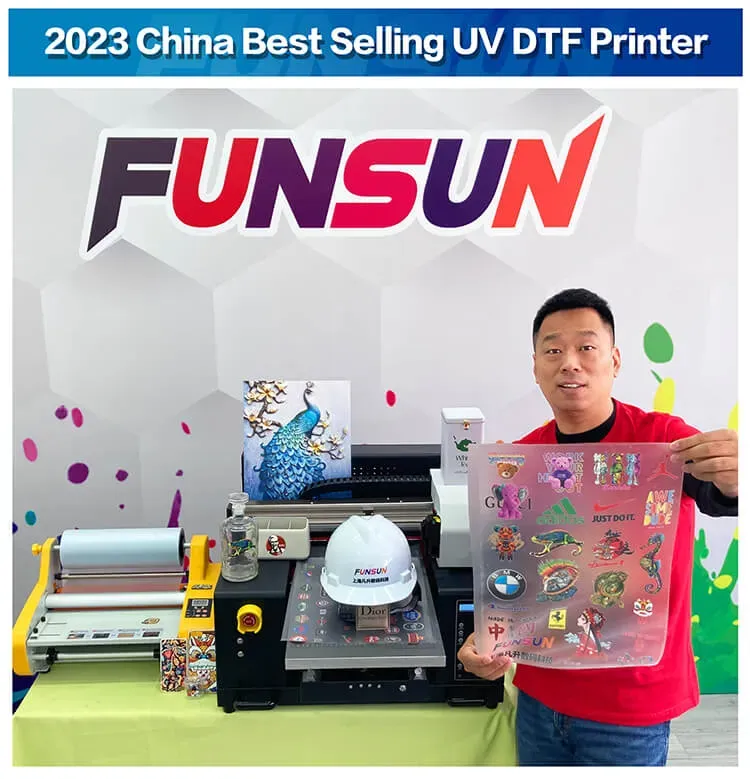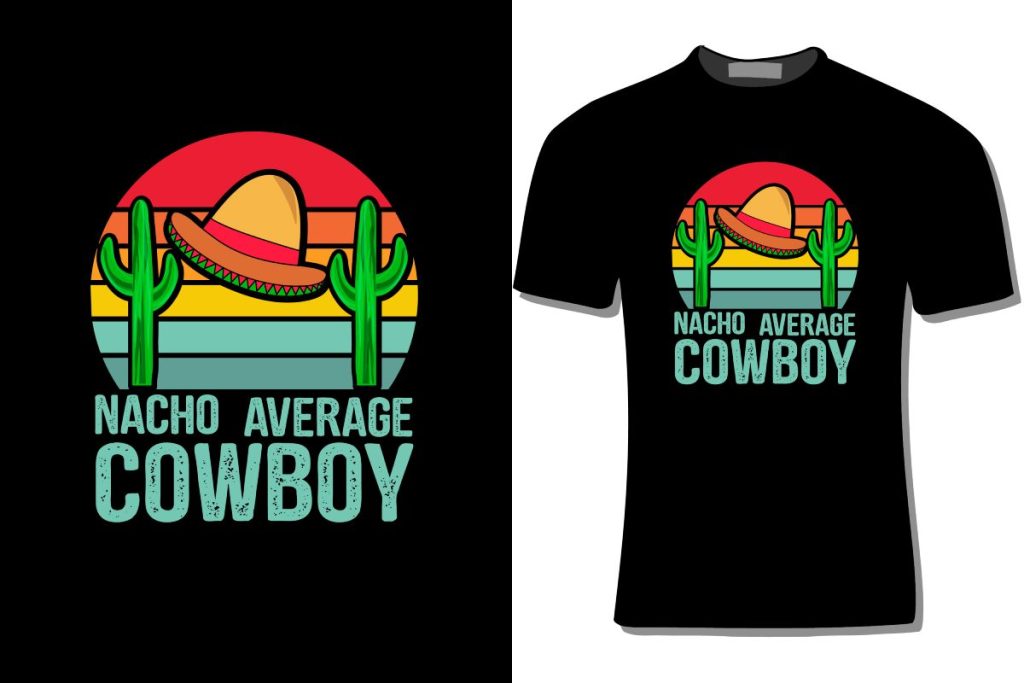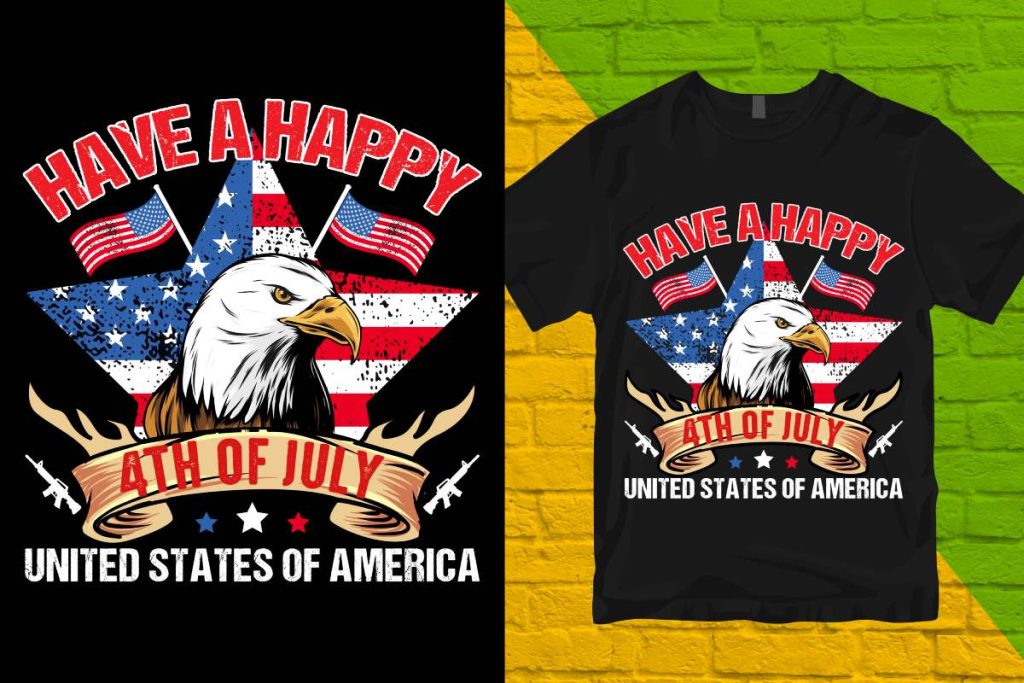UV DTF printing, or ultraviolet Direct-to-Film printing, is a groundbreaking technology that is reshaping the landscape of custom printing. This innovative method merges traditional DTF printing with UV printing techniques, paving the way for vibrant images and exceptional durability. One of the primary advantages of UV DTF printing is its remarkable versatility, making it suitable for a variety of materials and applications. Businesses seeking high-quality prints are increasingly recognizing the DTF printing benefits, including enhanced color reproduction and longevity. As we dive into the world of UV printing applications and processes, this guide will equip you with essential insights to master this remarkable printing technique.
Also referred to as UV direct-to-film printing, this advanced technique harnesses the power of ultraviolet technology to create stunning graphics on diverse surfaces. By fusing DTF printing processes with UV curing inks, this method ensures not only high-quality outputs but also unmatched durability. Many industries are turning to this efficient printing alternative, thanks to its wide-ranging applications and benefits, including brilliant color vibrancy and robust adhesion. Whether for personalized products or commercial ventures, understanding the fundamentals of this type of printing is crucial to harnessing its potential fully. This exploration into the realm of UV printing will reveal how it is transforming the way we think about custom designs.
Understanding the Basics of UV DTF Printing
UV DTF printing incorporates advanced UV printing technology to significantly enhance the traditional Direct-to-Film printing process. Unlike standard DTF methods that use water-based inks, UV DTF utilizes specialized inks that cure under ultraviolet light. This differentiation means that the prints produced have an unmatched level of durability and vibrancy. As a beginner, it’s crucial to grasp the fundamentals of UV DTF printing, as these basics lay the foundation for effectively using this sophisticated technique in larger projects.
The operation of UV DTF printing is relatively straightforward. Initially, a graphic design is created using professional software, which is then printed onto a specialized film using a UV printer. The unique aspect of this process is that the UV light cures the ink immediately as it is applied, allowing for intricate designs with vivid colors and sharp details. This process not only enhances the quality of the prints but also supports a more efficient workflow, suitable for both small and large-scale printing needs.
Key Components of UV DTF Technology
To appreciate UV DTF printing, one must recognize the key components that make this technology work effectively. The first essential element is the film itself, which is specifically designed to hold UV-curable inks. This film plays a pivotal role, as it not only accepts the printed design but also transfers the image seamlessly onto various substrates. Understanding the type of film and its properties can help when selecting materials for printing.
Another crucial component is the UV inks, specifically formulated to cure quickly when exposed to UV light. These inks are known for their abrasion resistance, making them ideal for high-quality printing applications that require longevity. Additionally, a heat press machine is necessary for the final transfer, applying the right amount of heat and pressure ensures that the design adheres well to different surfaces.
The Step-by-Step Process of UV DTF Printing
The process of UV DTF printing consists of several distinct steps, each vital for achieving the desired outcome. The first stage is design creation, which involves using graphic design software like Adobe Illustrator. A high-resolution design is crucial, as it ensures that the final print retains clarity and detail. This stage allows for creativity, with the potential to customize designs to make unique product offerings.
Once the design is ready, the next step involves printing. In this phase, the image is printed onto the transfer film using a UV printer. During this process, the inks are cured instantly under UV lights, facilitating an exceptional level of detail in the resulting print. Following the printing phase, the ink needs to go through a curing process to solidify its adhesion. Finally, the printed film is transferred onto the substrate with a heat press, completing the process.
Benefits of UV DTF Printing for Custom Projects
The advantages of UV DTF printing are numerous, particularly regarding custom projects. One of the most significant benefits includes versatility; UV DTF can be applied to an impressive range of substrates, from textiles to hard surfaces like plastics and metals. This capability allows businesses and creators to explore various product options, catering to different customer needs and market demands.
Moreover, durability stands out as a key advantage of UV DTF printing. The UV curing process results in prints that are exceptionally resilient to scratches, moisture, and fading, ensuring that custom creations last longer than those produced by conventional printing methods. This durability is particularly beneficial for businesses targeting high-use products or outdoor applications, making UV DTF a preferred choice in such scenarios.
Exploring Applications of UV DTF Printing
The application spectrum for UV DTF printing is broad and diverse, ranging from apparel to promotional products. In the fashion and apparel industry, custom designs can be easily applied to clothing items, providing customers with unique, personalized garments that stand out. This ability to create customized clothing is revolutionizing how brands interact with their customers, fostering brand loyalty through distinct product offerings.
Additionally, UV DTF printing serves as an excellent solution for promotional materials. Businesses can utilize this technology to produce high-quality items such as custom mugs, bags, and various marketing collaterals. Personalized gifts also benefit from this printing method, as it allows for a touch of individual flair, appealing to customers seeking one-of-a-kind items.
Current Trends in UV DTF Printing Technology
As the printing industry evolves, UV DTF printing is gaining momentum due to notable trends emerging in the market. One of the most significant trends is increased accessibility, as technological advancements have led to more affordable UV printers entering the market. This shift is empowering small businesses and hobbyists to access high-quality printing solutions that were previously available only to larger enterprises.
Additionally, the popularity of UV DTF printing is on the rise among entrepreneurs seeking to cater to niche markets. Many are attracted by the capability to produce sophisticated prints that not only meet consumer expectations but also exceed them. As this trend continues, ongoing advancements in printing technology are likely to enhance the quality and efficiency of UV DTF printing, making it an even more appealing option for a wide range of applications.
Frequently Asked Questions
What makes UV DTF printing different from traditional DTF printing?
UV DTF printing differs from traditional DTF printing primarily through the use of UV-cured inks instead of water-based inks. This allows for higher durability and vibrant colors, making UV DTF printing suitable for a wider range of applications across various materials.
What are the benefits of using UV DTF printing for custom printing projects?
The benefits of UV DTF printing for custom printing projects include exceptional print durability, vibrant images, versatility across materials, and faster curing time. This makes it ideal for producing high-quality custom designs on multiple substrates.
Can UV DTF printing be used on all types of materials?
Yes, UV DTF printing can be applied to a diverse range of materials including fabrics, plastics, metals, and more. This versatility makes it a popular choice for various UV printing applications across different industries.
How does the curing process in UV DTF printing enhance print quality?
The curing process in UV DTF printing involves the immediate solidification of UV inks under UV light. This results in prints that are more resistant to scratching, fading, and washing, leading to superior print quality and longevity.
Are there any environmental benefits associated with UV DTF printing?
Yes, UV DTF printing offers environmental benefits by using UV inks that typically emit fewer volatile organic compounds (VOCs) compared to traditional inks. This makes it a more eco-friendly choice for businesses focused on sustainability.
What industries can benefit from UV DTF printing applications?
UV DTF printing applications are beneficial across various industries, including apparel printing for custom clothing, promotional products like branded merchandise, personalized gifts, and industrial uses for labeling and signage.
| Key Component | Description |
|---|---|
| Film | Special transfer film that accepts printed ink. |
| UV Inks | Ultraviolet inks that cure instantly under UV light. |
| Heat Press | Equipment used to transfer designs onto substrates. |
| Versatility | Applicable to a variety of materials, broadening market opportunities. |
| Durability | Highly resistant to scratching and fading. |
| Environmental Benefits | Emits fewer VOCs compared to traditional inks. |
Summary
UV DTF printing is an innovative approach that combines the efficiency of Direct-to-Film techniques with the durability of UV printing technology. Designed for versatility, this method allows for high-quality prints on various substrates, making it a transformative solution in the printing landscape. Beginners can explore the detailed processes, advantages, and applications of UV DTF printing, contributing significantly to today’s diverse market. As interest in this technology increases, understanding its fundamentals equips individuals to take advantage of its myriad benefits.



